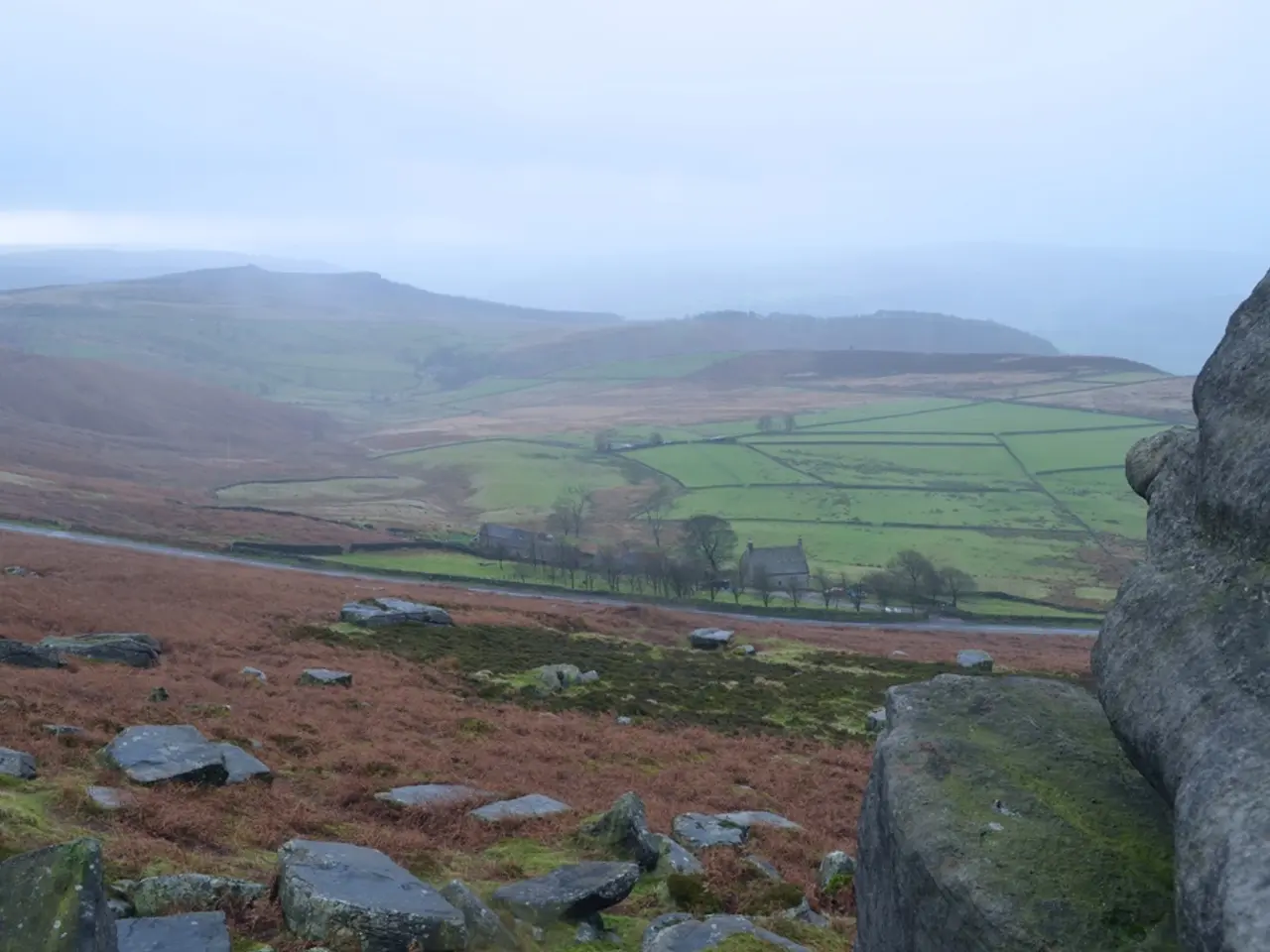Mexico's Agriculture Ministry has officially recognized sargassum seaweed as a national resource, opening up opportunities for fishing and potential commercial uses.
Mexico Repurposes Sargassum as National Fishing Resource
Mexico has declared sargassum, the yellowish seaweed that has been causing problems for coastal communities, as a national fishing resource with development potential. This reclassification, announced by the Ministry of Agriculture and Rural Development (SADER), is part of the National Fisheries Charter (CNP) and will take effect on August 7, 2025.
The new classification opens up opportunities for the harvesting of sargassum on the high seas and establishes a legal and technical framework to regulate its collection, authorized vessels, fishing zones, and management strategies.
The government's aim is to utilize sargassum as an industrial resource in various sectors. These include animal feed supplements, fertilizers, biofuels and biogas (including sustainable aviation fuel), bioplastics and biomaterials for construction, water treatment purifiers and bioremediation, textile and footwear dyes and fibers, pharmaceuticals and nutraceuticals, and more.
This transition is a significant step towards sustainable management, transforming an environmental challenge into economic opportunities for coastal communities, particularly in the Mexican Caribbean where sargassum invasions have heavily impacted tourism. The government is emphasizing an integrated coastal zone management approach, involving government, industry, and academia, to monitor biomass and optimize harvesting and utilization over the long-term.
Specialised vessels such as the Navy’s Ocean Sargassum Vessel will support the collection, with current estimates suggesting an annual volume of up to 945,000 tons of dried sargassum may be sustainably harvested for industrial use.
The CNP's new terms allow for sargassum to be harvested on the high seas starting August 7, 2025. This move has been celebrated by Environment Minister Alicia Bárcena, who wrote on her official X account, "Thanks to Agriculture Minister Julio Berdegué and IMIPASmex for this key step that enables [sargassum's] sustainable use."
However, the presence of sargassum has been causing problems for tourism in the Riviera Maya, with a decrease of 50% due to its presence. Francisco Camara, a tour captain at Playa Pescadores in Tulum, stated that visitors leave due to the dirty beaches caused by sargassum.
Despite these challenges, the government is hopeful that this new classification will help to mitigate the impact of sargassum and turn it into a promising natural resource under regulated fishing management protocols.
[1] El Universal. (2021, March 24). Mexico repurposes sargassum as a national fishing resource. Retrieved from https://www.eluniversal.com.mx/english/mexico-repurposes-sargassum-as-a-national-fishing-resource
[3] Reuters. (2021, March 24). Mexico reclassifies sargassum as a national fishing resource. Retrieved from https://www.reuters.com/business/environment/mexico-reclassifies-sargassum-national-fishing-resource-2021-03-24/
[4] El Financiero. (2021, March 24). Sargassum, a new opportunity for Mexico. Retrieved from https://www.elfinanciero.com.mx/opinion/sargasso-una-nueva-oportunidad-para-mexico
[5] Forbes. (2021, March 24). Mexico reclassifies sargassum as a national fishing resource. Retrieved from https://www.forbes.com/sites/forbesbusinesscouncil/2021/03/24/mexico-reclassifies-sargassum-as-a-national-fishing-resource/?sh=670d2c5a3b22
- The government aims to transform sargassum, a problem for coastal communities, into an industrial resource.
- The CNP's new terms allow for the harvesting of sargassum on the high seas.
- The government is emphasizing an integrated approach for managing sargassum as a natural resource.
- Specialty vessels like the Navy’s Ocean Sargassum Vessel will support the collection of sargassum.
- Up to 945,000 tons of dried sargassum may be sustainably harvested for industrial use.
- Utilizing sargassum in various sectors opens opportunities for animal feed supplements and fertilizers.
- Bioplastics and biomaterials for construction are among the sectors that may benefit from sargassum.
- Sargassum can also be used for water treatment purifiers and bioremediation purposes.
- Pharmaceuticals and nutraceuticals are another potential application for sargassum.
- Textile and footwear dyes and fibers can be derived from sargassum.
- Sustainable aviation fuel is an area where sargassum biomass can be converted into energy.
- Sargassum's development as a national fishing resource could help tourism in the Mexican Caribbean.
- The presence of sargassum has caused a decrease of 50% in tourism in the Riviera Maya.
- The new classification is a step towards sustainable management, turning an environmental challenge into economic opportunities.
- This move has been celebrated by Environment Minister Alicia Bárcena.
- The global impact of sargassum could potentially extend to the fields of environmental science and data analysis.
- Sargassum's reclassification could influence discussions related to renewable-energy, climate-change, and sustainable-living.
- The integration of technology, such as online-education platforms, could be key in promoting lifelong-learning and understanding about sustainable-living and sargassum's potential applications.




